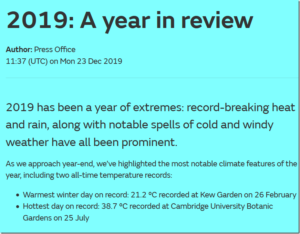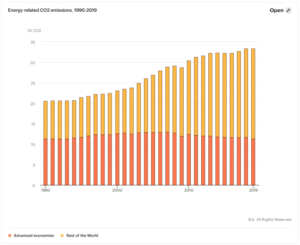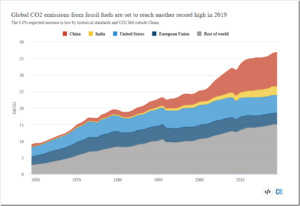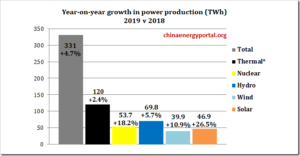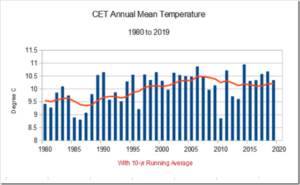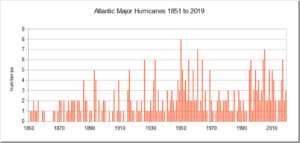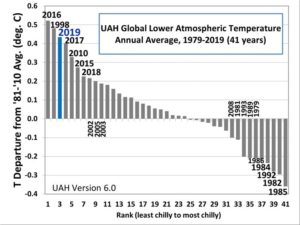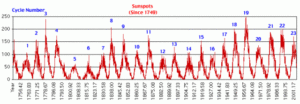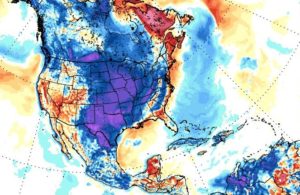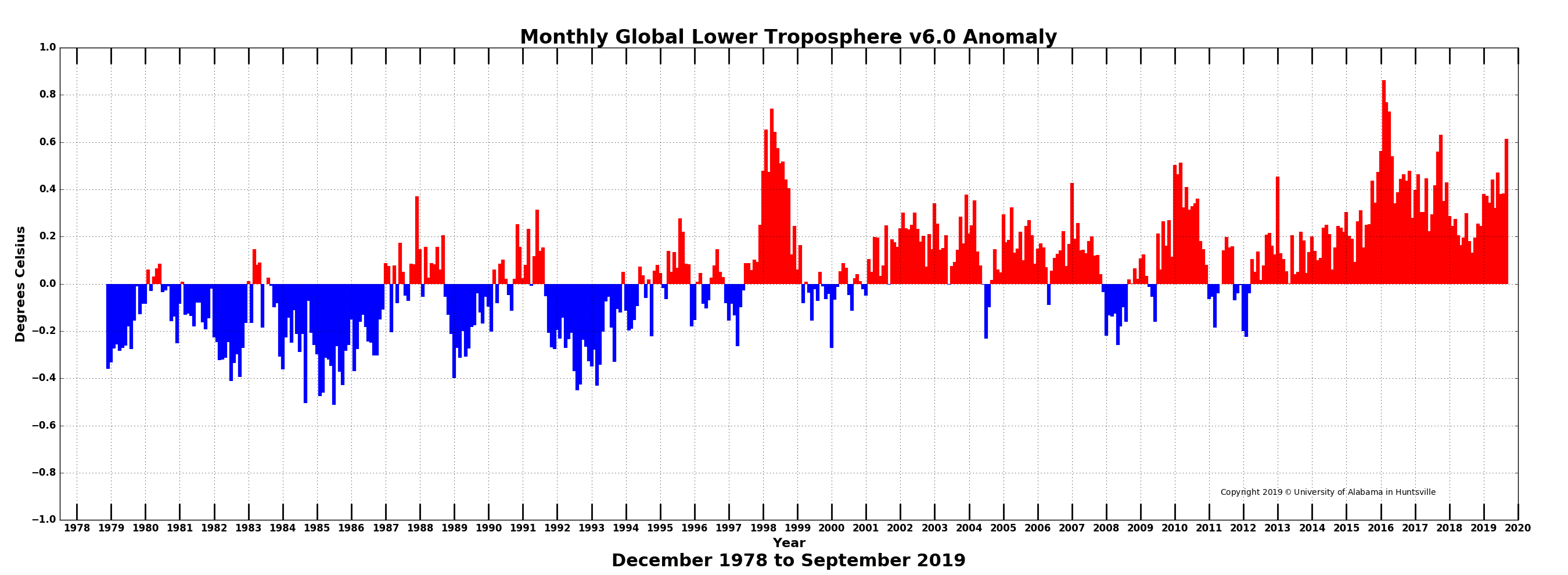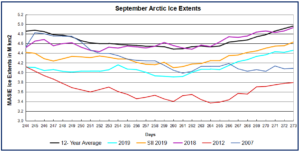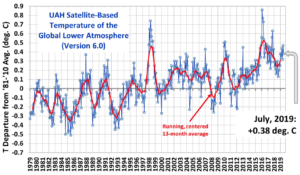by P. Homewood, April 16, 2020 In NotaLotofPeopleKnowThat
London, 16 April: The floods that affected northern England in the autumn of 2019 were nothing out of the ordinary. That’s according to a new review of the UK’s 2019 weather.
Author Paul Homewood says that although rainfall in the region was high, it has been exceeded several times in the past, right back to the 19th century.
…
Key findings
* After a rising trend between the 1980s and early 2000s, temperature trends have stabilised in the UK.
* Heatwaves are not becoming more intense, but extremely cold weather has become much less common.
* There is little in the way of long-term trends in rainfall in England and Wales.
* Sea-level rise around British coasts is not accelerating.

